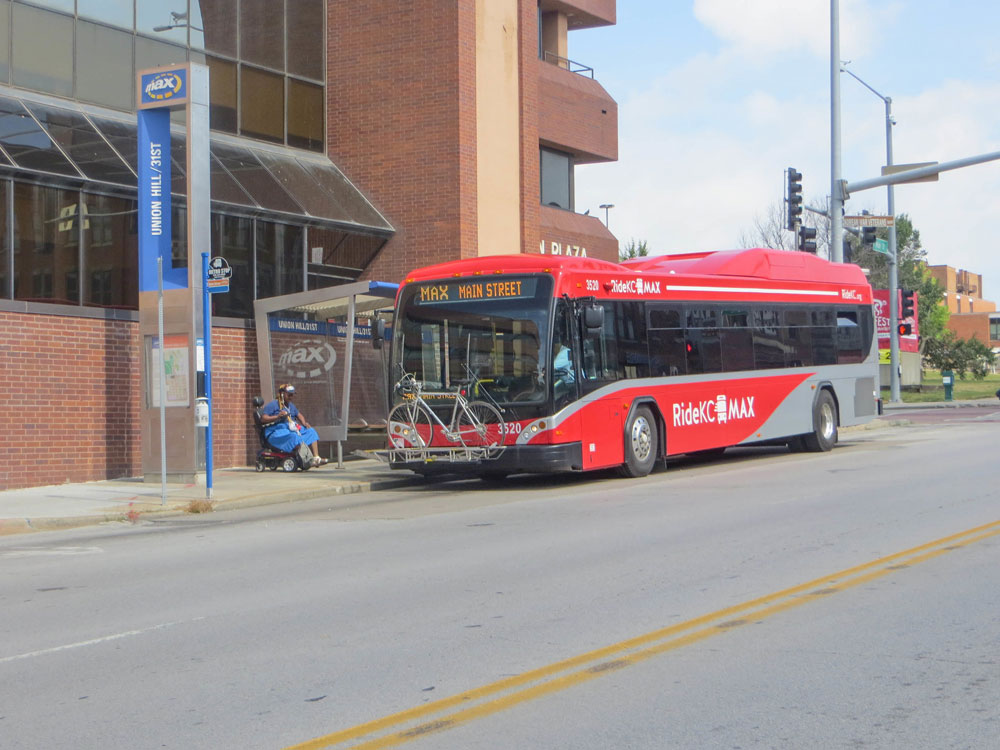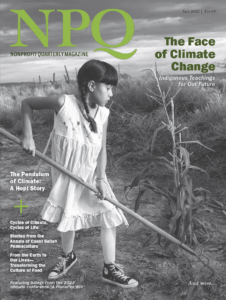
December 5, 2019; Kansas City Magazine
Last week, the city council of Kansas City, Missouri voted to become the first major city in the US to offer fully free public transit services, in what could prove to be an important example of how cities create viable public transportation systems.
Kansas City has been moving toward no-cost transit over the past several years. The city’s light rail system is already free to ride, and the city has increased the number of reduced or free fares it offers, including adopting free fares for veterans. The Council made the decision after a study showed that, unlike many public transportation systems, fares do not subsidize the majority of the city transit system’s operating costs. So instead, the $8–9 million that fares had contributed to transit operations will be subsidized instead by city outlays, although the city council has yet to identify where the money will come from specifically.
The city’s decision comes at a time when climate change is making calls for increasing the use of public transportation more and more urgent, but with little consensus about how to do that. In the US, public transit use is extremely low and, in many cities, falling, decreasing an average of three percent a year nationally. Use of public transit is also extremely unequal: people who rely on public transit as their primary mode of transportation are more likely to live in an urban area, more likely to live below the federal poverty line, and more likely to be a person of color and/or a first-generation immigrant. Perhaps unsurprisingly given these facts, public investment in public transportation in the US is extremely uneven. As a 2015 Vox article on the topic points out, support for public transportation in the United States tends to be seen not as a public utility, but as a social welfare program for low-income communities, leading to systemic underfunding.
Sign up for our free newsletters
Subscribe to NPQ's newsletters to have our top stories delivered directly to your inbox.
By signing up, you agree to our privacy policy and terms of use, and to receive messages from NPQ and our partners.
Making public transit even more complicated from a policy perspective, there is conflicting evidence about the best ways to increase ridership. A 2018 study found that making public transit free doesn’t always result in increased usage—fare-free zones, when implemented, have increased ridership by as much as 15 percent in some cities, but only by three percent in others. The same study pointed out that other interventions in public transit systems, such as increasing transit quality or increasing the cost of driving a car, have had as much if not more of an impact. So, from an environmental impact perspective, maybe free fares aren’t the answer, or at least, not the only answer.
But of course, public transportation is as much an economic justice issue as an environmental one. And from that perspective, increasing access to public transit for the people who depend on it, and who often are least likely to be able afford it, is a crucial benefit of free transit fares. In addition, eliminating fares has the potential to positively impact policing on public transit, which tends to focus on preventing “fare beaters”—people riding for free—and focus disproportionately on people of color.
The solution for getting people out of cars and into mass transit in the US, while ensuring access for those who need it most, is never going to be simple. But Kansas City has taken a critical first step by starting with something and seeing if it works.—Ellen Davis













